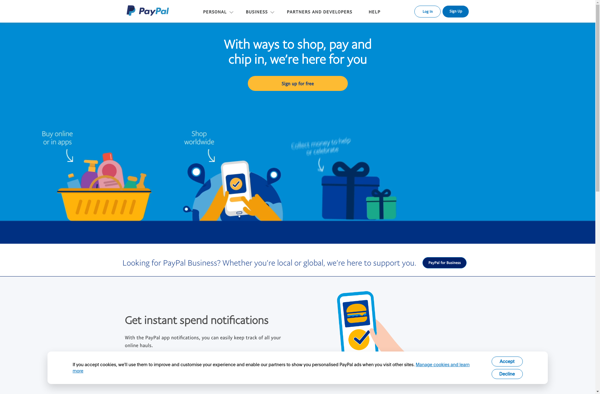E-gold

E-gold: Online Payment System and Digital Currency
Learn about E-gold, an online payment system and digital currency operated from 1996 to 2009 by Gold & Silver Reserve Inc., and how it was shut down due to legal issues.
What is E-gold?
E-gold was an online payment system and digital currency that allowed users to make instant online payments to other e-gold account holders. It was founded in 1996 by oncologist Douglas Jackson and attorney Barry Downey as a way to utilize gold and other precious metals as a medium of exchange for online transactions.
The way e-gold worked was that users would open an e-gold account and fund it by depositing some physical gold, silver, platinum or palladium that was stored and allocated to their account. They could then use their e-gold balance to make payments and transfers to other e-gold account holders near-instantaneously through the e-gold website.
One of the key distinguishing features of e-gold was that it was an early form of digital currency that was commodity-backed, meaning the value was tied to physical precious metal reserves held in storage. This contrasts with modern cryptocurrencies that derive value solely from supply and demand.
E-gold gained some early adoption in the 1990s and 2000s among certain communities and industries due to its ease of transferring gold ownership and making international payments. However, it struggled due to legal and regulatory issues as well as technology limitations.
In 2007, the founders of e-gold were indicted on federal charges related to money laundering and operating an unlicensed money transmitting business. This eventually led to e-gold being shut down by the U.S. government in 2009. The rise and fall of e-gold became an important early chapter in the development of digital currencies.
E-gold Features
Features
- Online payment system
- Digital currency backed by precious metals
- Allow payments between e-gold account holders
Pricing
- Subscription-Based
Pros
Cons
Official Links
Reviews & Ratings
Login to ReviewThe Best E-gold Alternatives
Top Bitcoin & Cryptocurrency and Digital Currencies and other similar apps like E-gold
Here are some alternatives to E-gold:
Suggest an alternative ❐PayPal

Skrill

Amazon Pay

Neteller

Braintree

CCBill

Litecoin

Dwolla

Epoch

Probiller
